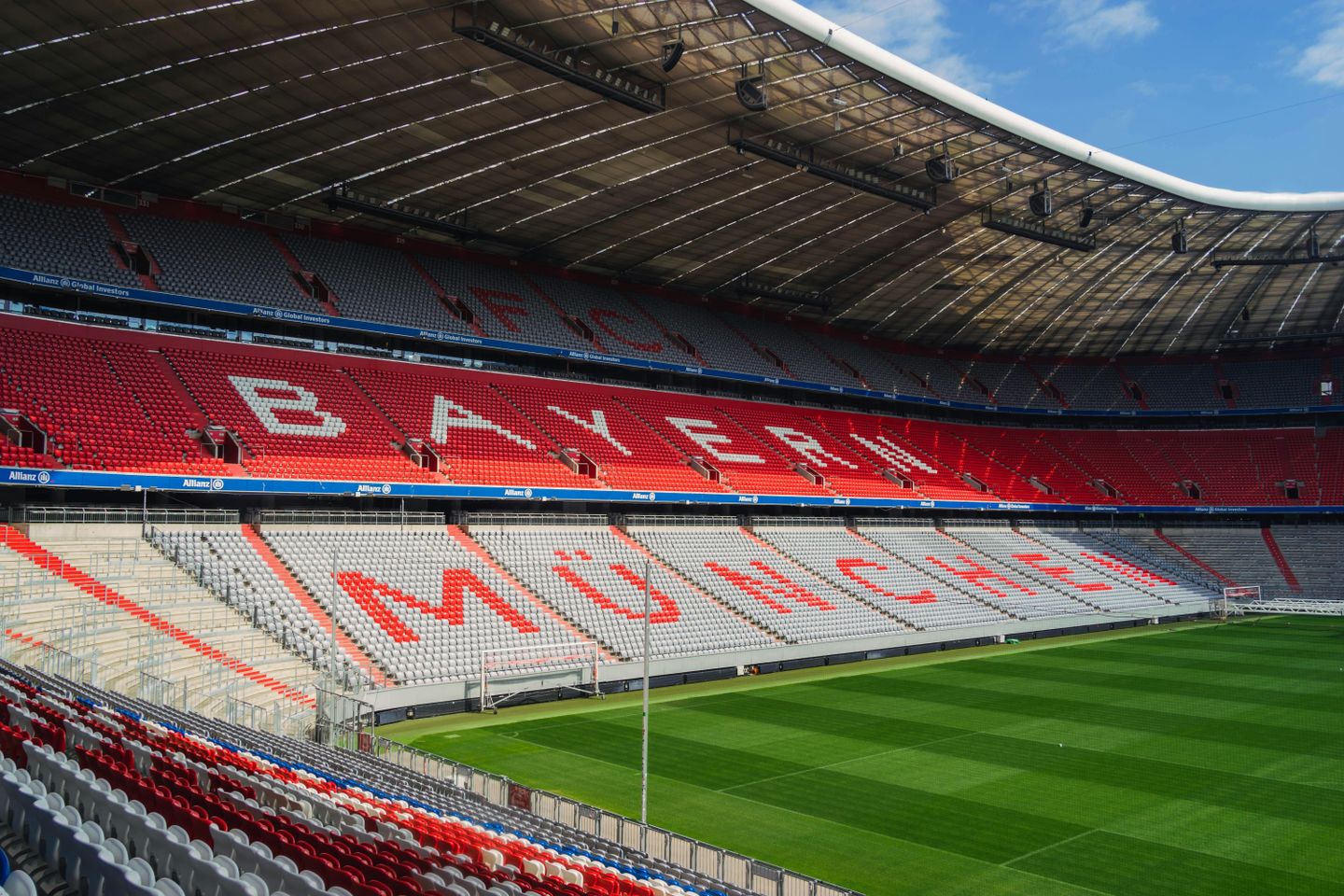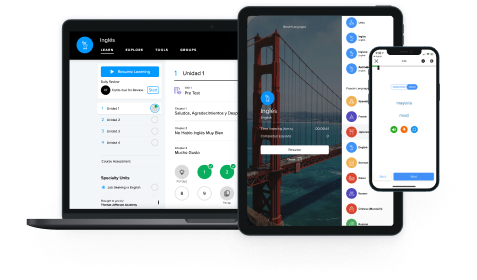
Activities: "German adjective endings: When and how to use them?"
Activity 1: Birds, Birds Everywhere!
Today, you and your classmates are going to the aviary to learn all about the birds of Germany. Afterwards, your class has to write a little report for the school newspaper. Help out by providing the correct adjective endings — and match each bird to its description!
German | English |
|---|---|
der Flügel | wing |
der Schnabel | beak |
die Brust | chest |
der Ast | branch |
die Wange | cheek |
die Blaumeise (European Blue Tit) | das Rotkehlchen (European Robin) | der Eisvogel (Common Kingfisher) |
|---|---|---|
 |  |  |
Siehst du die hellblau- Punkte (pl) auf dem dunkelblau- Flügel (m) dieses groß- Vogels (m)? Er hat einen lang- Schnabel (m) und eine orangefarben- Brust (f). Dieser Vogel heißt .
Dieser klein- Vogel hat einen blau-und weiß- Kopf (m) und einen grünlich- Rücken (m). Er sitzt auf einem dünn- Ast (m). Vielleicht wartet er auf ein klein- Insekt, dass er fressen kann. Dieser Vogel heißt .
Ein orangerot- Gesicht (n) und eine hellgrau- Wange (f) sind das Markenzeichen dieses europäisch- Vogels (m). Die leuchtend- Farbe (f) des Gesichts bildet einen schön- Kontrast (m) zu den hellbraun- Federn (pl) des Rückens. Dieser Vogel heißt .
Activity 2: The Pet Store
You went to the pet store to buy bird food to feed songbirds in the winter. While waiting in line you read the store advertisements. Provide the endings for the unpreceded adjectives — unpreceded adjectives are quite typical in advertisements.
Remember: If there is no article, the adjective “becomes” the article!
German | English |
|---|---|
das Meerschweinchen | guinea pig |
der Mais | corn |
das Nagetier | rodent |
fangen | to catch |
niedlich | cute |
Kaufen Sie frisch- Karotten (pl) für gesund- Meerschweinchen (pl)!
Heute neu! Lecker- Mais (m) und lecker- Gras (n) sind gut für alle Nagetiere (pl)!
Mit frisch- Käse fängt man Mäuse? Nein! Mäuse fressen lieber knusprig- Cracker (pl) aus unserem Laden!
Piep! Klein-, niedlich- Vogel (m) sucht Futter, denn kalt- Winter (pl) sind gefährlich für europäisch- Vögel (pl), die nicht in den Süden fliegen.
